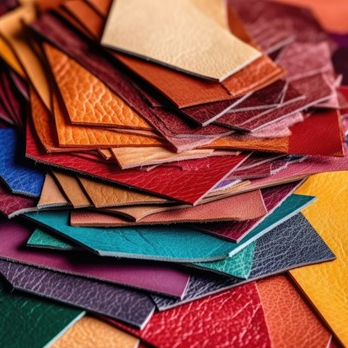
The Kenyan government has initiated focused efforts to rejuvenate the local leather industry by emphasizing value addition and the production of finished goods through the Bottom-up Economic Transformation Agenda (BETA) 2022-2027. Identifying priority intervention areas in the leather value chain, the government is committed to establishing additional common effluent treatment plants and leather industry clusters in Athi River, Narok, Isiolo, Wajir, Nakuru, Kisumu, Eldoret, and Mariakani. These endeavors aim to create robust connections with both local and overseas markets.
Concurrently, stakeholders in the leather industry are urging the government to revamp training and research programs concerning leather production and consumption. This call is prompted by the rising demand for skilled professionals and advanced production technology in the sector. There is a notable scarcity of trained leather processing professionals, including mechanical technicians necessary for the operation and maintenance of modern plant machinery.
According to the Directorate of Veterinary Services (DVS), Kenya's leather production primarily comprises semi-processed tanned 'wet blue' and some crust leather, accounting for 89% of total production. The remainder consists of finished leather (2%), leather footwear and handbags, travel ware, and other leather products (4%), while raw hides and skins make up 5% of the production.
The global leather goods market, valued at USD 242.85 billion in 2022, is anticipated to grow at a Compound Annual Growth Rate (CAGR) of 6.6% from 2023 to 2030. This growth is largely attributed to increasing consumer disposable income, enhanced living standards, evolving fashion trends, and the burgeoning domestic and international tourism industry. The escalating demand for stylish, comfortable, and premium leather apparel, footwear, and accessories, coupled with heightened brand awareness, is expected to positively impact the leather goods market. Kenya's target markets include the European Union, AGOA, AfCFTA, as it enjoys duty-free quota-free access, and significant buying powers such as China, Japan, and the UAE for high-quality products.
To accomplish this, the Kenya Export Promotion and Branding Agency intends to spearhead the entry of Kenyan leather products into these markets by:
- Collaborating with a minimum of 5 global brands for the design and production of footwear and leather products.
- Developing a Route to Market (RTM) strategy to acquire market intelligence for leather and leather products.
- Formulating a comprehensive brand strategy, brand identity, and communication plan for the entire leather value chain.
- Showcasing leather exports on an E-portal to connect Kenyan exporters with international buyers.
- Launching a 3-year Integrated Marketing Communications (IMC) Strategy campaign in the targeted markets.
